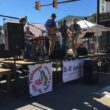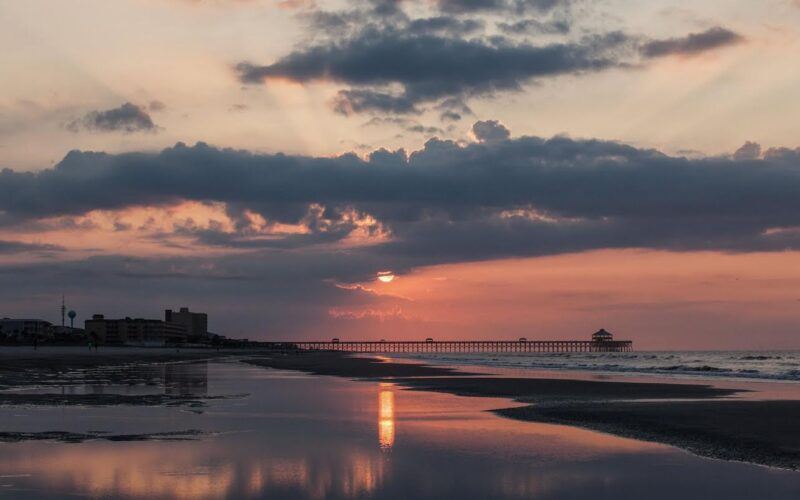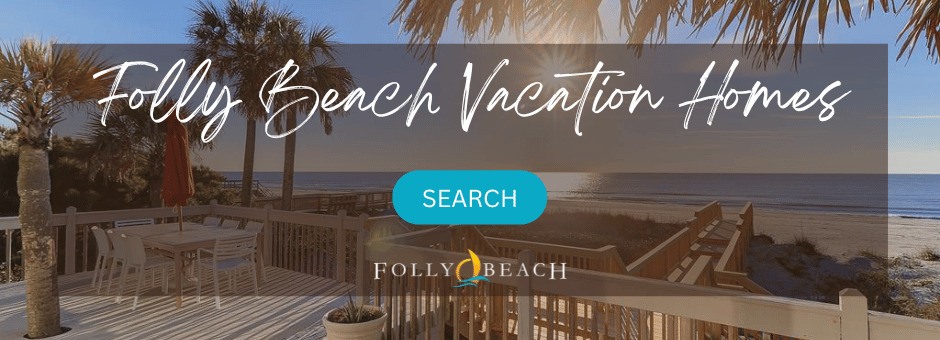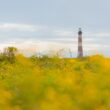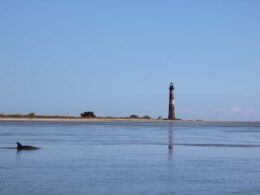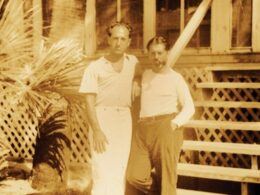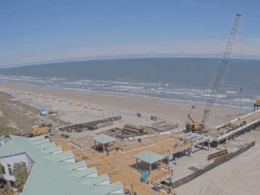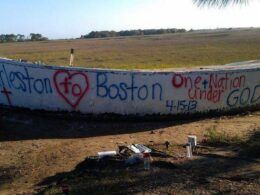You probably know all about Charleston’s history, but Folly has a storied past too, full of pirates, shipwrecks, bootleggers, and sunshine.
The earliest record of Folly dates from 1696 when it was deeded as a royal grant. Before the Civil War, Folly was called Coffin Island and was known for its isolation from the mainland. Without constant policing, the island was a favorite of pirates and known for its shipwrecks, including the brig Amelia.
Strategically located south of Charleston and close to Fort Sumter, Folly became a stronghold for Union soldiers during the Civil War. There wasn’t much fighting on the island, rather it became covered with tents, and some streets, that are still used today, were built.
Around this time, the island became known as “Folly.” It’s an old English word that means “dense foliage.” To the northern soldiers and other visitors, the space must’ve seemed both jungle-like and other worldly.
By the start of the 20th century, Folly had established itself as fiercely independent. The original pavilion was built in the 1920s, and there were rumors that Folly was being used as a hideout and drop off for Lowcountry bootleggers. The 1930s saw the construction of the Atlantic Pavilion, boardwalk, pier, and the Oceanfront Hotel, making Folly a top vacation destination.
George Gershwin was one of those vacationers drawn to the island. In 1934, he wrote the musical Porgy and Bess and the classic line “Summertime, and the living is easy,” while staying at 708 W. Arctic.
Throughout the following decades, roads and bridges were improved and utilities were upgraded. This made the Edge of America more accessible and even more appealing to visitors and would-be residents.
The very first surfboard was introduced on Folly in the 1960s, and Ocean Plaza was opened. The attraction had 1,700 feet of boardwalk, games and rides, shopping, a pier, roller-skating, and food vendors. This period is considered to be Folly’s Golden Age.
The island town continued to grow despite setbacks. In 1977, the pier burned again, and although arson was suspected, it was never confirmed. In 1985 the hotel at the end of Center Street, originally a Holiday Inn, was built to replace the Oceanfront. Hurricane Hugo impacted the entire island in 1989. Homes, buildings, and beaches were all destroyed, but then rebuilt.
Today, Folly is part vacation destination, part artistic retreat, part eclectic community. But we can all agree that it’s perfect just the way it is.





